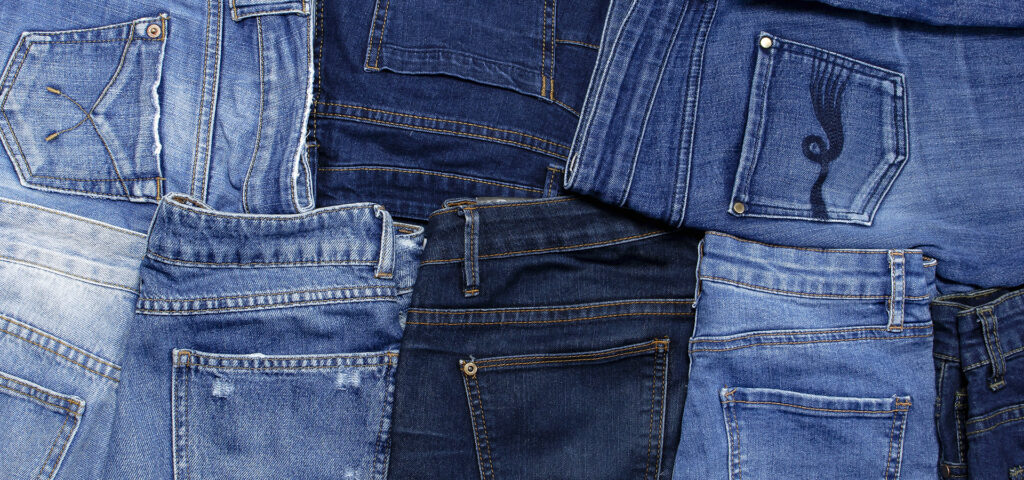In the world of denim, the wash isn’t just about aesthetics—it’s a critical factor that determines durability, comfort, and overall value. For global buyers and retailers, understanding the nuances of washing techniques is key to selecting jeans that align with consumer demands and market trends. As a leading exporter of denim apparel, we break down how different washing methods impact quality and why the right choice matters.

Why Wash Matters in Denim
Raw denim is stiff and rigid. The washing process softens fibers, enhances comfort, and creates unique visual textures. But beyond looks, the technique affects longevity, color retention, and functionality. Poorly executed washes can lead to premature fading, fabric degradation, or sizing issues. Here’s how leading methods stack up:
1. Enzyme Wash: Precision Meets Durability
Process: Enzymes (like cellulase) are used to break down cotton fibers, creating a soft, abraded finish without harsh chemicals.
Quality Impact:
- Softness & Comfort: Gentle on fibers, preserving fabric integrity while delivering a worn-in feel.
- Color Retention: Reduces dye bleeding, ensuring vibrant hues over time.
- Durability: Minimal abrasion prevents fraying, making it ideal for high-wear markets like workwear or athleisure.
Best For: Premium jeans targeting eco-conscious buyers or brands emphasizing long-term wear.
2. Stone Wash: Timeless Raw Appeal
Process: Pumice stones are added to the wash cycle to create uneven abrasion and a distressed look.
Quality Impact:
- Aesthetic Authenticity: Achieves a vintage, organic texture prized in streetwear.
- Fiber Stress: Aggressive abrasion can weaken seams if not controlled, risking fraying in high-stress areas (knees, pockets).
- Color Variation: May cause mottled fading, appealing to fans of “imperfect” style but less predictable for uniform branding.
Best For: Casual, lifestyle-focused brands that value heritage aesthetics over technical longevity.
3. Bleach Wash: Boldness with Risks
Process: Chlorine or oxygen bleach is applied to strip color and create a high-contrast, aged effect.
Quality Impact:
- Visual Impact: Striking, edgy look popular in streetwear and high-fashion lines.
- Fabric Damage: Overuse weakens fibers, leading to thinning and reduced lifespan.
- Maintenance Challenges: Bleached denim often requires delicate care to avoid further fading.
Best For: Trend-driven collections with shorter product lifecycles or limited-edition drops.
4. Ozone Wash: Eco-Friendly Innovation
Process: Ozone gas replaces chemicals to fade denim, mimicking natural aging while reducing water and chemical use.
Quality Impact:
- Sustainability: Aligns with ESG demands, appealing to green-conscious consumers.
- Even Fading: Consistent color graduation without compromising fabric strength.
- Cost Efficiency: Lower water usage cuts production expenses.
Best For: Brands prioritizing sustainability or targeting EU/NAFTA markets with strict eco-regulations.
Key Considerations for Exporters
- Target Market Preferences:
- Europe/NAFTA: Lean toward enzyme or ozone washes for sustainability credentials.
- Asia/SE Asia: Stone or enzyme washes dominate due to preference for balanced durability and style.
- End-Use:
- Workwear/Rugged Apparel: Prioritize enzyme or ozone washes for longevity.
- Fashion Forward: Experiment with bleach or stone washes but balance with reinforcement techniques (double stitching, bar tacking).
- Cost vs. Quality Trade-Off:
- Enzyme and ozone washes require specialized machinery but reduce returns from fabric defects.
- Bleach and heavy stone washes may save costs upfront but risk higher warranty claims.

